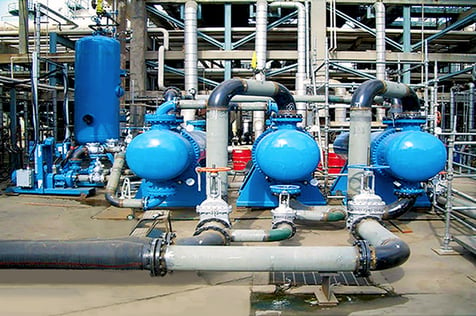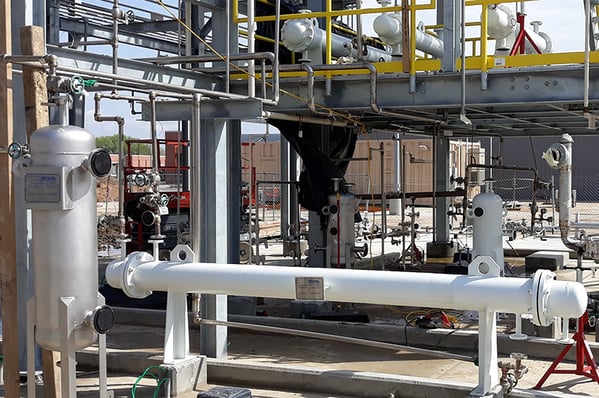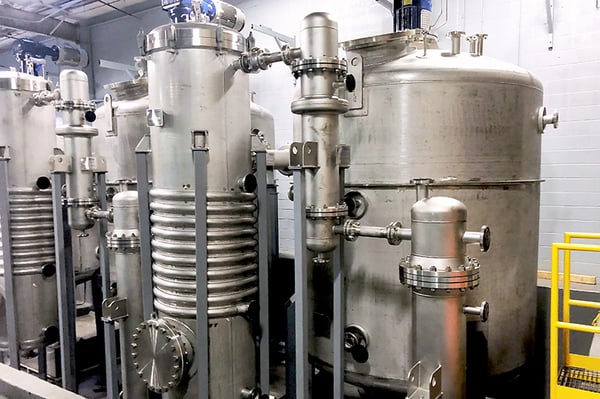
Your Heat Exchanger Questions Answered
We get many questions about heat exchangers such as, “what exactly does a heat exchanger do” and “what is the science behind how the heat exchanger works?”
In addition to some of our customers, we think all the students out there who've landed on our website while researching the topic might enjoy a thorough explanation! Read on!
What is a Heat Exchanger?
A heat exchanger is a device used to passively transfer heat from one material to another. These materials may be liquid or gaseous, depending on the application in which the heat exchanger is being used.
There are many different models and types of heat exchangers, but they all essentially work on the same general principals, based on the laws of thermodynamics.
One of those laws states that when an object is heated, the heat energy contained within that object will diffuse outward to the surrounding environment, until the heat energy in the object and in the environment have reached equilibrium.

How Does a Heat Exchanger Work?
Heat exchangers generally consist of two chambers separated by a single wall., which prevents direct contact between the two gases/liquids. To be most effective, the maximum amount of the two chamber’s volumes must come into contact with one another. For this reason, most heat exchangers are simply a passageway (shell) that contains one liquid, with pipes containing the second liquid snaking through the shell -- with a many pipes used in order to maximize surface area.
A heated material is passed through one pipe. This is typically a material that needs to be cooled in a hurry, and it would not be economical to chill the material by refrigeration or chemical means. The shell is filled with another material, which is cooled, or more typically, at or near room temperature. As a result of the two materials being in close contact with one another, the heat diffuses between the two until they reach an equal temperature.
The human lungs are a good example of a heat exchanger! They are very open with lots of surface volume. Cool air comes in and presses up against the tissue, behind which is hot blood. The heat from the blood transfers to the air, helping to cool the body.

Where Are Heat Exchangers Used?
Heat exchangers are used in all sorts of industrial processes. The size and type of heat exchanger for each process can be customized, as they all follow similar principles. Instead of using unnecessary coolant. Many industries deliberately pipe in a fluid or chemical that needs to be heated as part of their manufacturing process, utilizing the heat exchanger to cool one fluid while heating another and saving heat energy that would otherwise be wasted.
Application examples:
- Absorption refrigerators use heat exchangers to condense the chemicals within their closed systems from a vapor to a liquid.
- Wastewater treatment plants run heated materials alongside waste water pipes containing anaerobic digesters, which must be kept at very warm temperatures to do their jobs in breaking down waste.
- In the food & beverage industry, heat exchangers are often used for cooling electronics and other sensitive equipment susceptible to heat build-up
Contact Us:
To learn more about heat exchangers, please submit an inquiry via our website Contact Us page here.
One of our engineers/estimators will contact you promptly!
You can also call us with questions at: (+1) 866.596.5112
